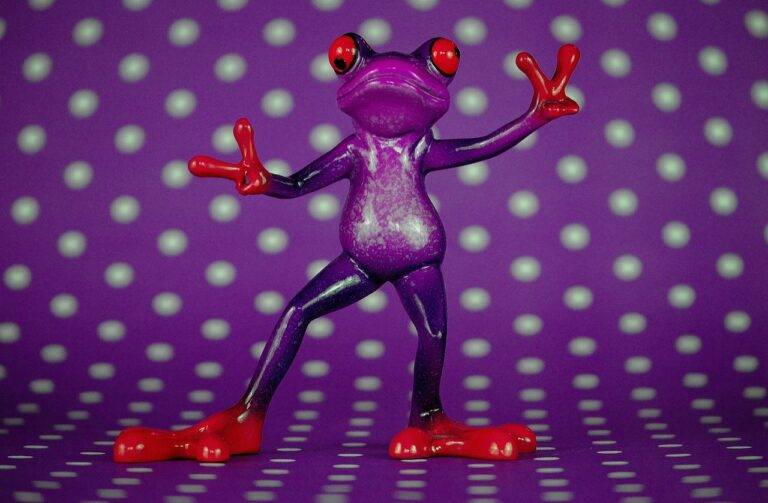Fashion’s Role in Redefining Gender Norms in Entertainment
In the world of showbiz, fashion icons are boldly challenging traditional gender stereotypes with their unique style choices. From Harry Styles embracing feminine silhouettes to Janelle Monáe rocking tailored suits, these artists are redefining the boundaries of fashion and self-expression on the red carpet and beyond. By fearlessly incorporating elements traditionally associated with the opposite gender, these icons are sending a powerful message of inclusivity and acceptance to their fans and the industry at large.
Instead of conforming to societal expectations, these trailblazing fashion icons are using their platform to advocate for gender fluidity and individuality. Through their sartorial choices, they are breaking down barriers and reshaping the conversation around gender norms in show business. By being true to themselves and embracing a style that defies categorization, these icons are paving the way for a more inclusive and diverse representation of fashion in the entertainment industry.
• Harry Styles has been known to wear dresses and skirts on the red carpet, challenging traditional masculinity
• Janelle Monáe often opts for sharp suits and tuxedos, showcasing a more masculine style while still embracing femininity
• These fashion icons are not afraid to mix and match traditionally gendered clothing items, creating looks that are uniquely their own
• By pushing boundaries and defying expectations, these artists are inspiring others to embrace their true selves without fear of judgment or criticism
Gender Fluidity in Red Carpet Fashion
A new wave of gender fluidity is sweeping through the red carpet fashion scene, challenging traditional norms and redefining what it means to dress for success in showbiz. Celebrities have been seen breaking free from the confines of conventional gender stereotypes, opting for outfits that blur the lines between masculine and feminine aesthetics.
The impact of this shift towards gender fluid fashion has been profound, sparking important conversations about inclusivity and diversity in the entertainment industry. By choosing to dress in a way that goes beyond traditional gender norms, celebrities are not only making a fashion statement but also sending a powerful message about self-expression and embracing individuality.
Impact of Non-binary Fashion on Pop Culture
Non-binary fashion has been making waves in pop culture, challenging traditional norms and boundaries within the industry. With more and more fashion icons embracing gender fluidity and breaking stereotypes on the red carpet, the impact of non-binary fashion goes beyond just clothing—it’s about reshaping perceptions and celebrating diversity.
Through their bold and boundary-pushing fashion choices, non-binary individuals and designers are paving the way for a more inclusive and accepting society. By blurring the lines between traditional male and female fashion, they are not only redefining the concept of style but also influencing a shift towards a more fluid understanding of gender in pop culture.
What is non-binary fashion?
Non-binary fashion refers to clothing and style choices that do not conform to traditional gender norms and stereotypes.
How are fashion icons breaking gender stereotypes in showbiz?
Fashion icons in showbiz are challenging traditional gender norms by wearing clothing that blurs the lines between masculine and feminine styles. This helps promote acceptance and inclusivity in the fashion industry.
How is gender fluidity represented in red carpet fashion?
Gender fluidity is represented in red carpet fashion through celebrities and fashion influencers wearing outfits that are not limited by traditional gender expectations. This helps showcase diversity and creativity in the fashion world.
What impact does non-binary fashion have on pop culture?
Non-binary fashion has a significant impact on pop culture by challenging societal norms and promoting acceptance of diverse gender identities. It helps create a more inclusive and diverse representation of fashion in mainstream media.







